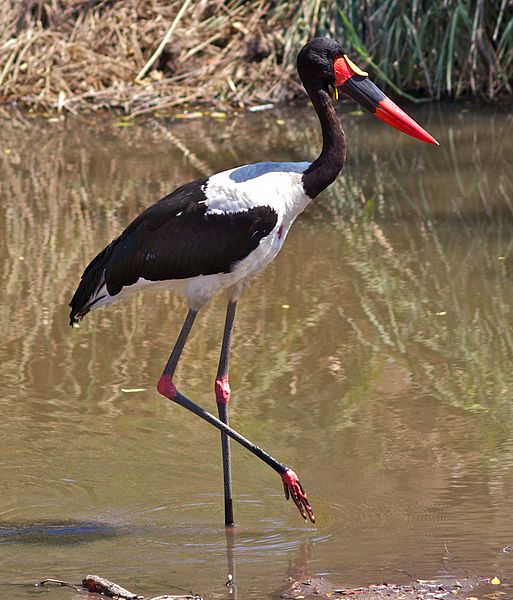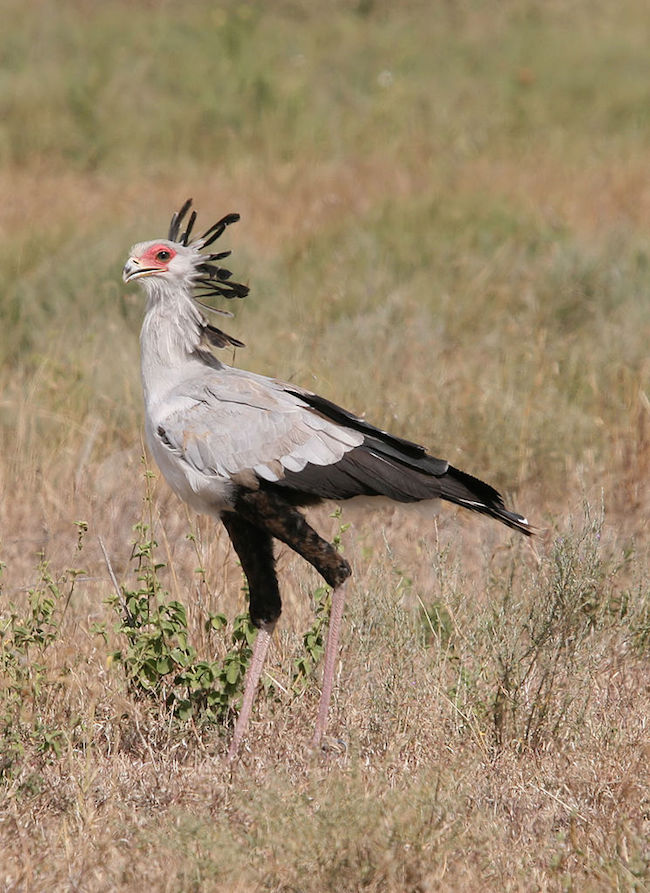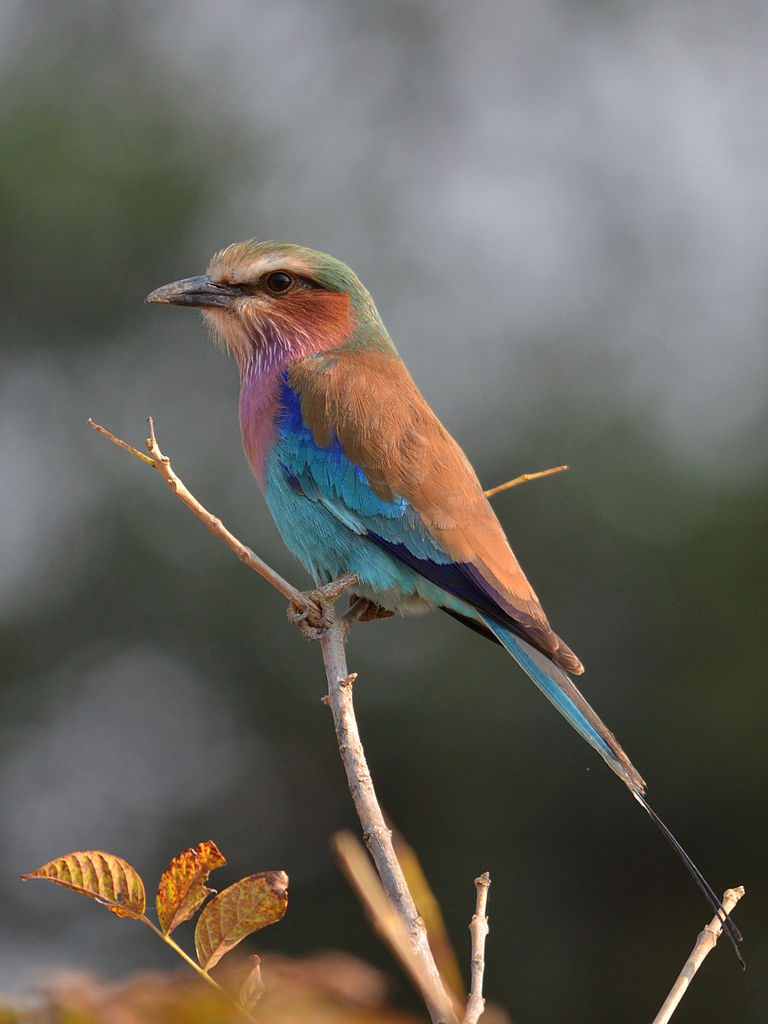If any place in the world can turn someone into a birdwatcher, it’s Africa. The staggering abundance and diversity of birdlife often surprises first time safari goers. Over 1,100 species have been identified in Kenya alone, about 200 more than have been spotted in all of North America. So it’s not surprising that many people, after spending a few days staring in amazement at the big animals that they came to see, find themselves paying closer and closer attention to what’s happening in the trees and overhead. In parts of Botswana, it’s not uncommon to see three or four species of eagles on a single afternoon outing during certain times of the year (I live near a river in Colorado and am lucky if I see three bald eagles a year). Throw in all kinds of crazy looking herons, cranes, storks, hawks, kites, rails, crakes, darters, plovers, parrots, macaws, vultures, owls, turacos, hornbills, cuckoos, hoopoes, hornbills, flycatchers, trogons, and kingfishers and you start to get the picture: there is almost always an interesting bird in sight, even when the lions are asleep and the leopards are hiding.
Here a few fairly common African bird species that will likely be among the first to catch your eye while on safari — and possibly help turn you into a full-fledged birdwatcher:
African Fish Eagle

An African Fish Eagle in action at Lake Baringa, Kenya. By Mehmet Karatay (Own work) [GFDL, CC-BY-SA-3.0 or CC-BY-SA-2.5-2.0-1.0], via Wikimedia Commons
Saddle-billed Stork

A Saddle Billed Stork on the hunt in South Africa’s Kruger National Park. By hyper7pro (Flickr: Saddlebill Stork) [CC-BY-2.0], via Wikimedia Commons
Secretary Bird

A Secretary Bird hunts in the Serengeti National Park, Tanzania. By Yoky (Own work) [GFDL or CC-BY-SA-3.0-2.5-2.0-1.0], via Wikimedia Commons
Lilac-Breasted Roller

A Lilac-Breasted Roller in South Luangwa National Park, Zambia. © Hans Hillewaert [CC-BY-SA-3.0], via Wikimedia Commons
Carmine Bee-Eater

A pair of Norther Carmine Bee-Eaters. I, Luc Viatour [GFDL or CC-BY-SA-3.0-2.5-2.0-1.0], via Wikimedia Commons

























